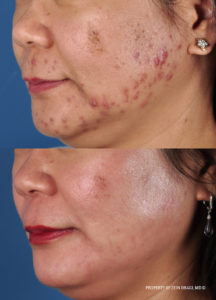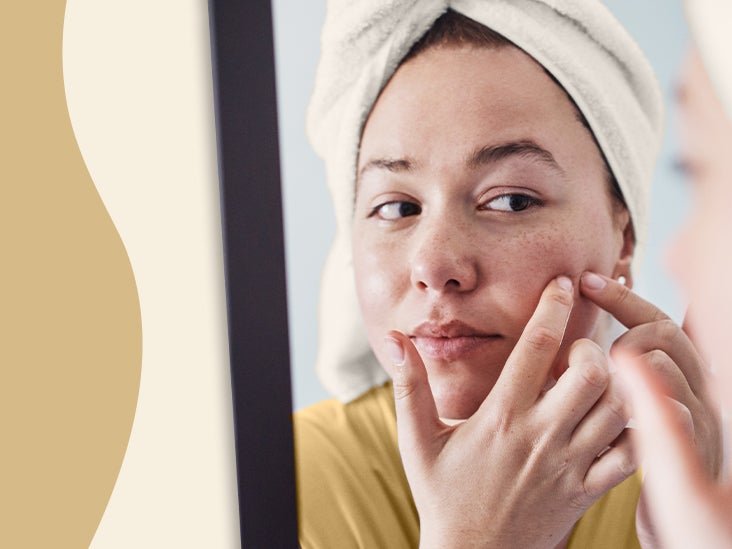
There are many different types of acne. One of the most common is hormonal acne, which results from hormonal changes in the body. In this form of acne, the sebaceous glands produce excess sebum, which is a natural substance that helps protect and moisturize the skin. As a result of this imbalance, the skin produces too much oil and dead skin cells, which creates a clogged pore.
Once the pores become clogged, bacteria may enter them, causing acne. There are four types of acne: papule, comedone, and cyst. All four types of acne are caused by excess sebum in the hair follicle. The first two are close to the surface of the skin. The second two are deep in the skin and contain pus. They may also be accompanied by other forms of acne, including cysts.
The second type of acne is known as inflammatory or clogged type. Basically, the clogged pore prevents sebum from flowing out. The excess sebum in oily skin becomes a food source for bacteria. This bacteria can cause inflammation, resulting in pimples, which are red bumps filled with pus. However, the condition can be more serious, with severe cases leading to the formation of cysts and nodules.
Despite the numerous types of acne, the most common is inflammatory acne. This occurs when the hair follicles become clogged. The bacteria then contaminate the sebum in the hair follicle and trigger an inflammatory response. The result is acne, which typically appears on the face, chest, and upper back. Fortunately, there is a simple treatment for both. But it is important to choose the right method of treatment for your particular type of inflammatory acne.
In severe cases of acne, the pores become blocked, causing the excess sebum to build up inside. The bacteria cause the inflammation of the hair follicles. This is known as an acne inflammatory condition, and the resulting inflammatory response can be life-threatening. Because of this, the best treatment for clogged acne is to remove the excess sebum that is present in the skin.

People suffering from acne often experience severe acne, but it is important to treat the condition as early as possible. The first step is to clean the clogged pores. It will help the skin heal. And the more frequent the treatment, the more likely it is to be successful. For most cases, the best acne clogged types are treated with the same methods as acne inflammatory acne. Once you’ve determined the severity of your condition, the next step is to find the right treatment for your situation.
The most common form of acne is a pimple. The oil in the skin is the cause of acne. If the pores are blocked, bacteria in the hair follicles can multiply. This is why people with acne have pimples and nodules. They can range from mild to severe, but most cases are not painful. A good treatment for this condition will depend on the type of pimple you have and how severe it is.
Clogged acne is different from open acne. Open pimples are more likely to occur on the nose than on the chin. But it is still possible to treat acne clogged with oil. At https://i-4.or.id/ you will find many different acne treatments, including antibiotics, topical creams, and a variety of over-the-counter products. The most common treatment for clogged acne types is to stop the bacteria from multiplying.
Since there are so many hair follicles, acne clogged with pimples is difficult to treat. Some people only have a few blemishes while others will have a lot of pimples. In the worst cases, acne can develop into a deep cyst. This is called the black dot. The clogged type of acne is the most common type. It is caused by a blockage in the hair follicle. A clogged type of hair follicle is the cause of acne.
Clogged pores open deep in the skin. This can lead to nodules, which are infected bumps. These nodules can also be larger than a pimple. Some large cysts that look like pimples are actually boils caused by a staph infection. Clogged acne types will be different from the inflammatory type. To prevent this from happening, it is important to treat the problem at the earliest possible stage.